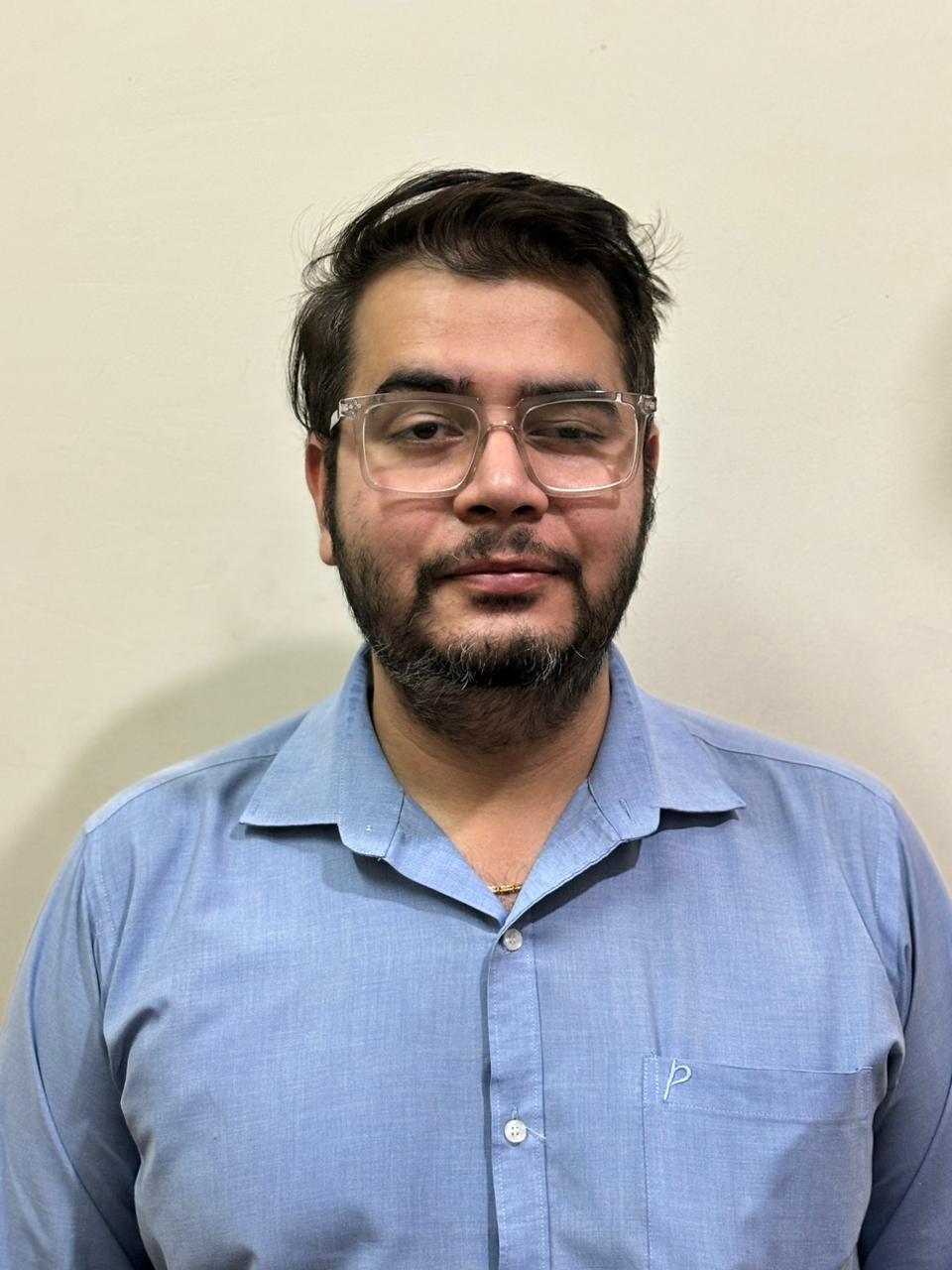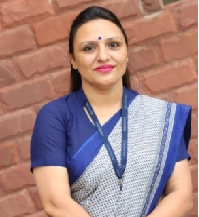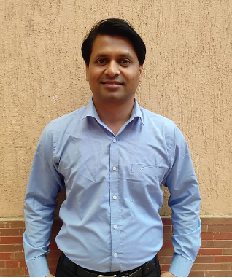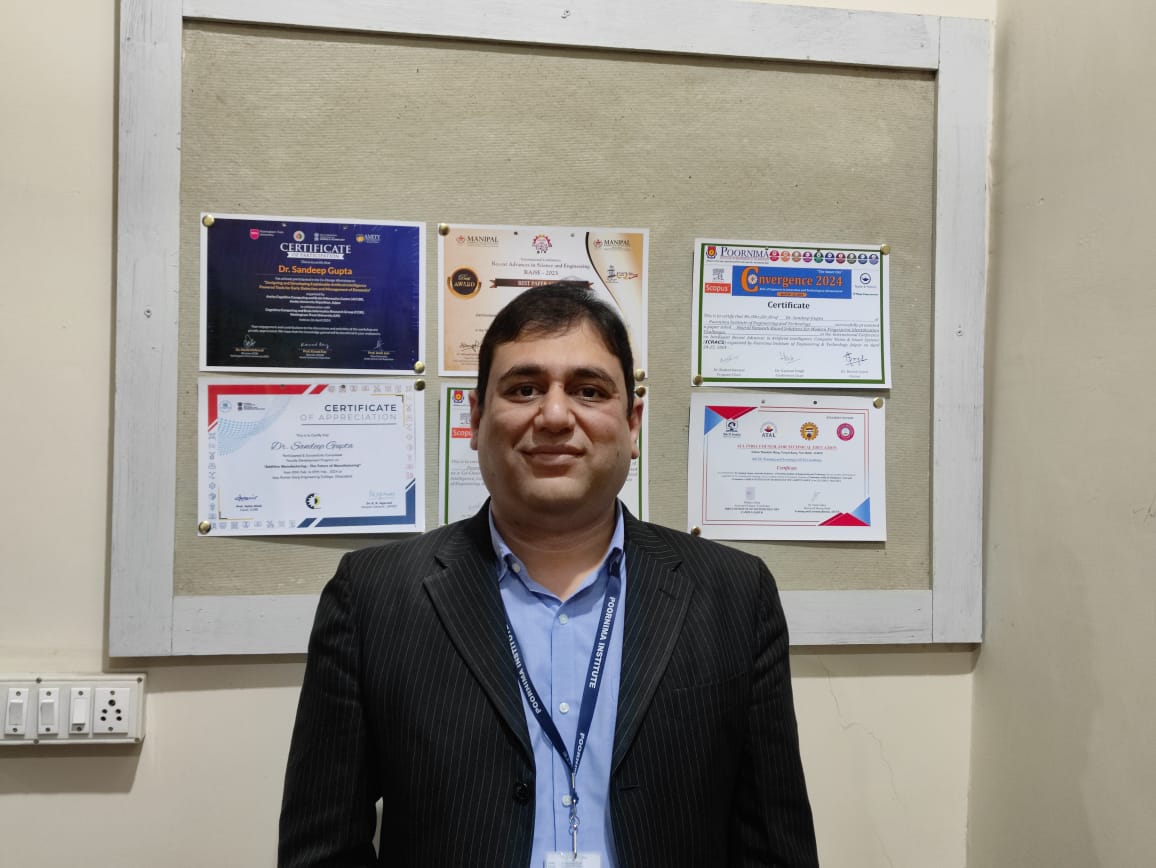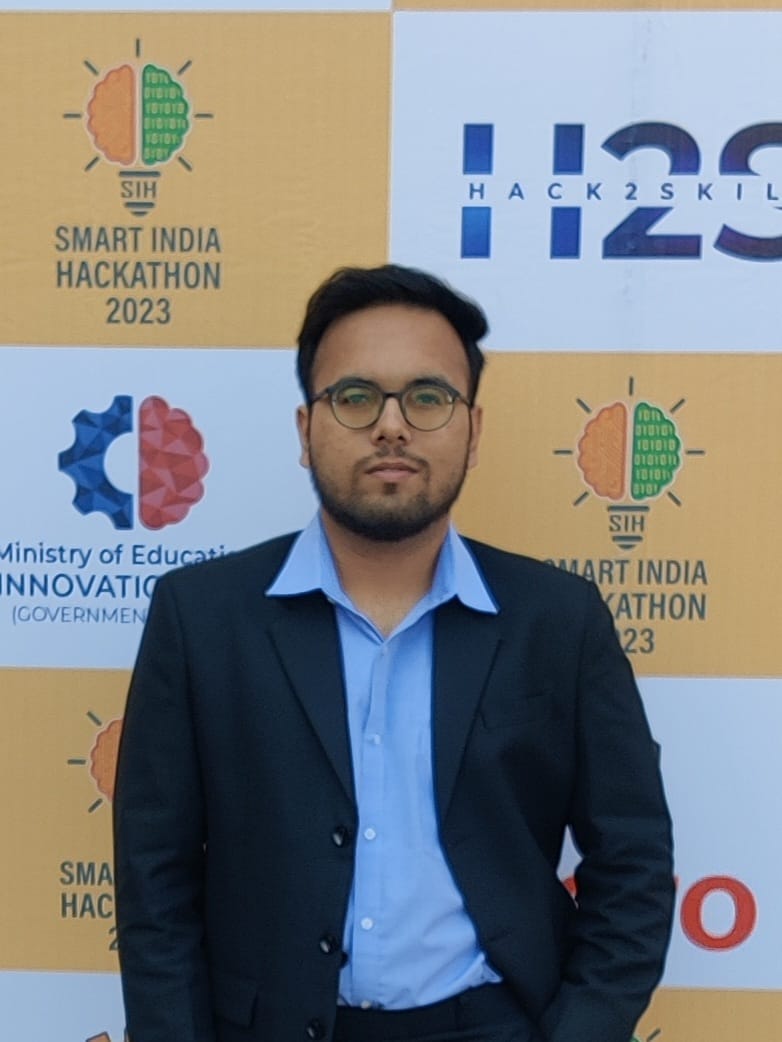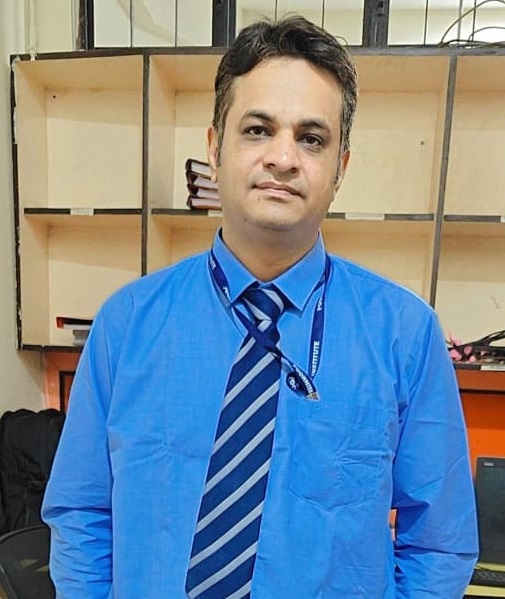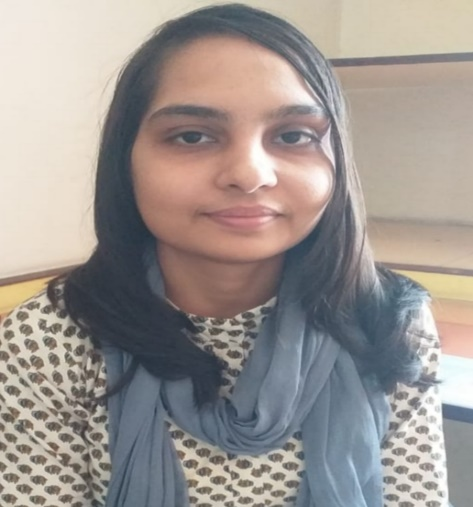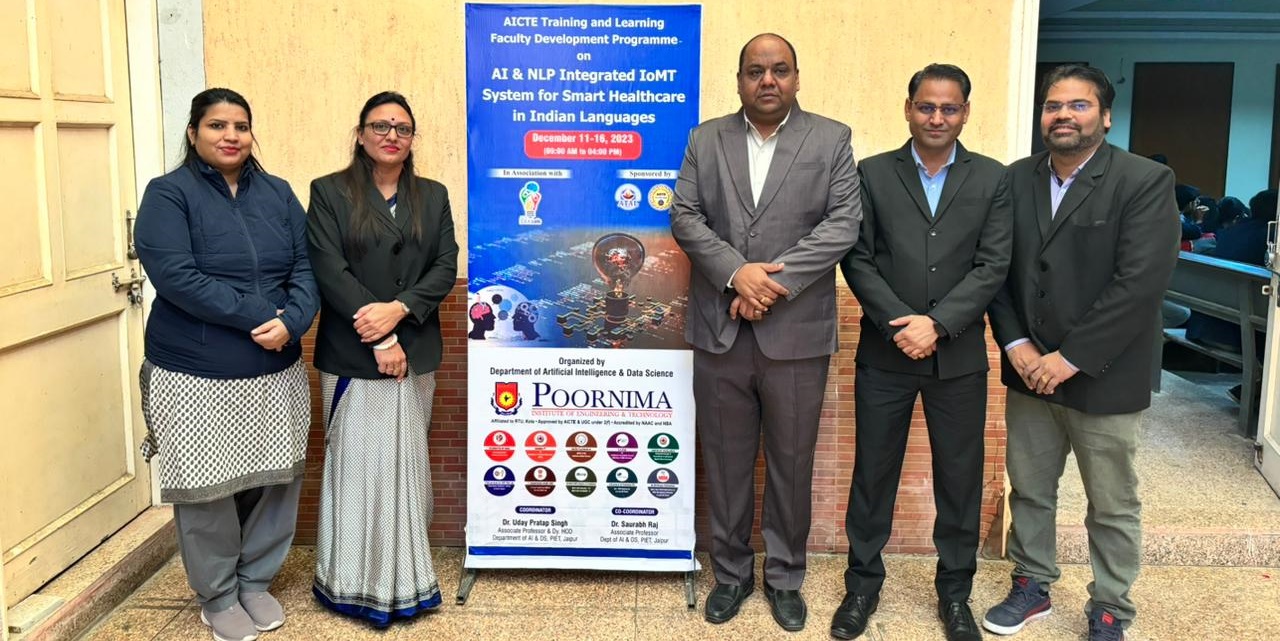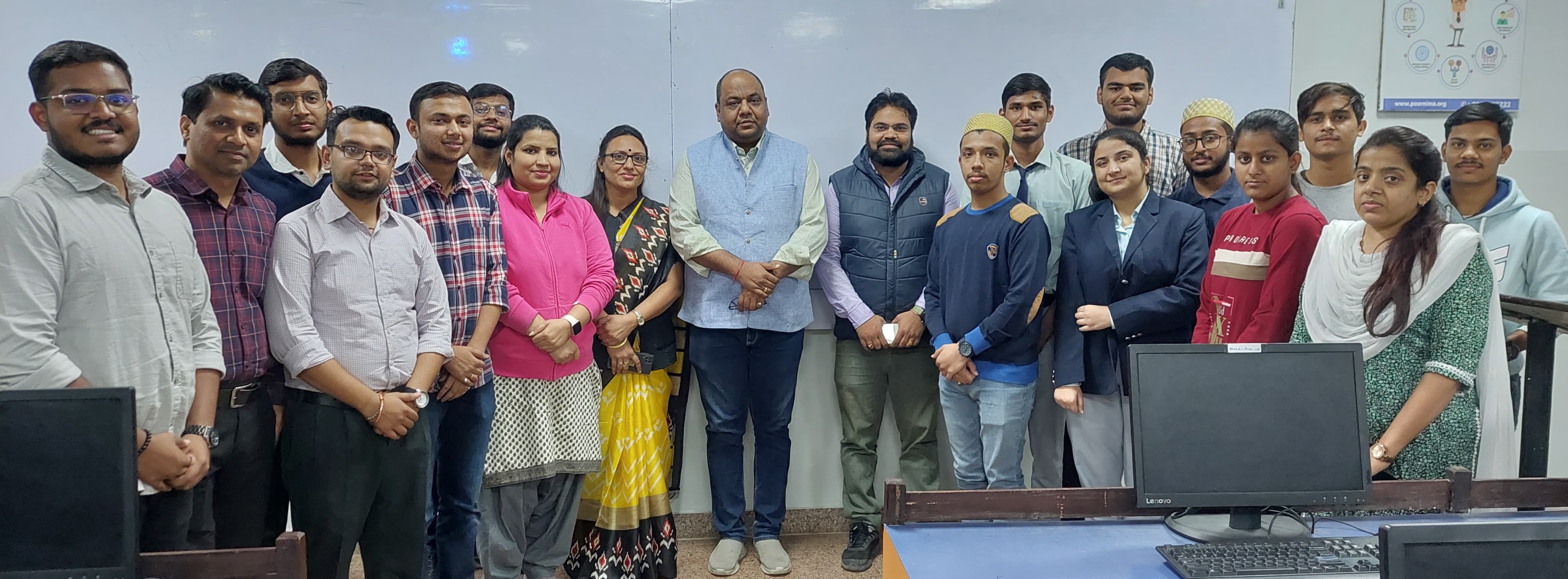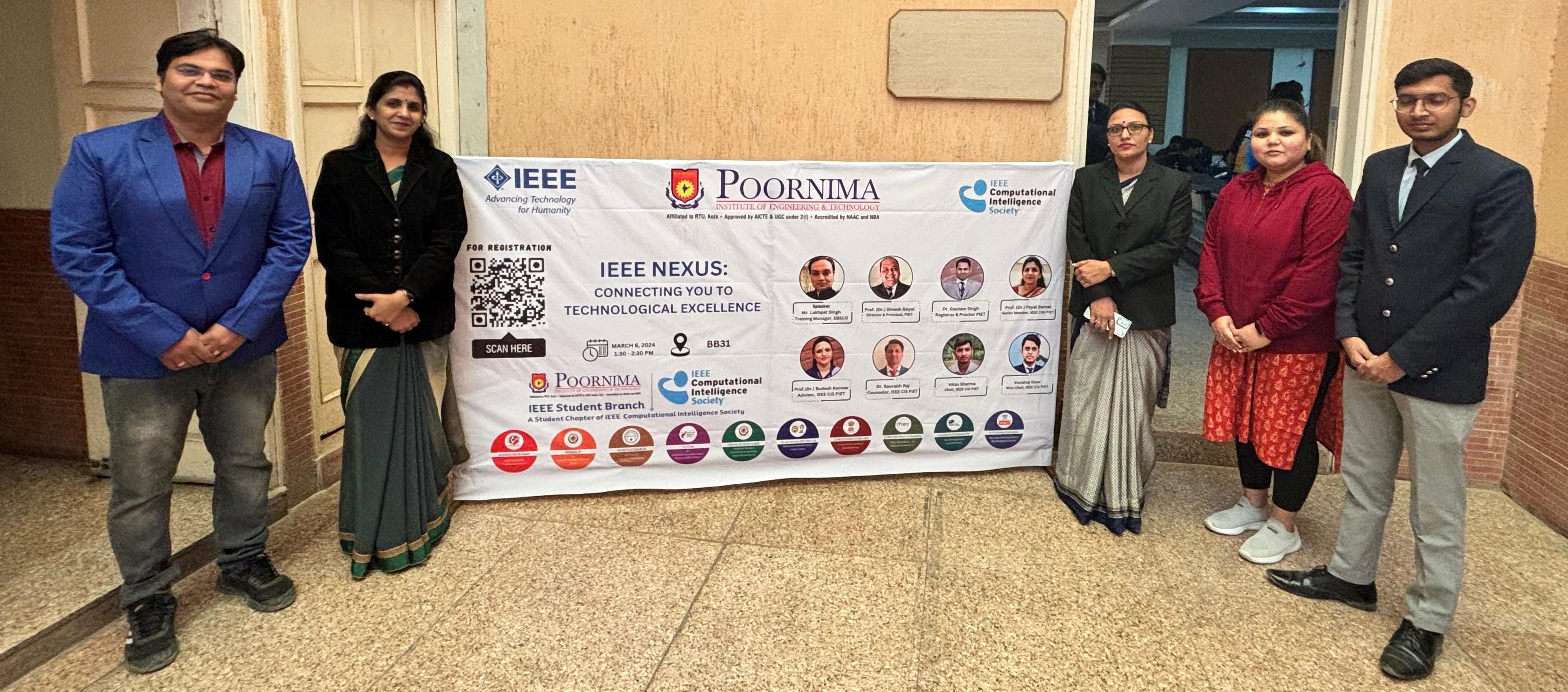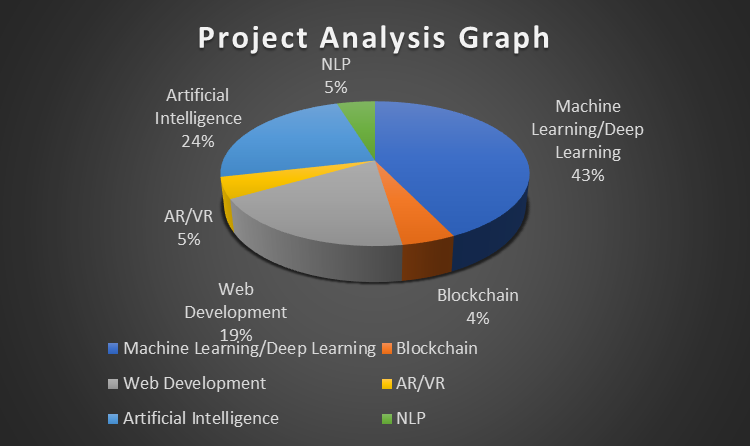About Department
The Department of Artificial Intelligence & Data Science at Poornima Institute of Engineering & Technology was established in 2021 with a commitment to deliver exceptional education in the dynamic fields of AI and DS. Our mission is to nurture innovation and research while providing students with a robust curriculum endorsed by Rajasthan Technical University, KOTA.
Our undergraduate program with the intake of 480 students in current session, leading to B.Tech. in Artificial Intelligence & Data Science, Computer science ( Data Science ) and Computer Science( AI ), offers a unique opportunity to quench intellectual curiosity while preparing students for vast career prospects. With a curriculum designed to encompass the core principles of computer engineering alongside essential interdisciplinary skills such as statistical analysis, mathematical reasoning, and big data analytics, our students are equipped to tackle real-world challenges across various domains including healthcare, finance, agriculture, and more.
At the heart of our department lies a dedicated team of accomplished faculty members and technical assistants who serve as mentors, guiding students to unlock their full potential. With a strong emphasis on industry engagement, we facilitate regular industry visits, guest lectures, and industry-aligned projects to foster entrepreneurship and multidisciplinary collaboration.
Our faculty, comprising self-motivated individuals with expertise spanning AI, DS, and computer science, are actively involved in research, publishing over 100 research papers in esteemed journals and securing funding for innovative projects. Moreover, our commitment to student success is evident through the placement of 100% students in leading software and IT companies, facilitated by initiatives such as international conferences, non-syllabus projects, and skill development workshops.
In collaboration with industry leaders such as AWS (Amazon Web Services), we offer students unique opportunities to engage with cutting-edge technology and gain real-world experience. This partnership enables our students to leverage cloud computing resources and access industry-leading tools and services, further enhancing their learning experience and preparing them for success in the field of Artificial Intelligence & Data Science.
To enhance transparency and efficiency, we have implemented an TCSion ERP system for classes, attendance, notes, the allocation of marks and submission of assignments, ensuring fairness and accountability in our assessment processes.
In our pursuit of excellence, we believe that success is not merely a result of chance, but rather the culmination of hard work, perseverance, and a genuine passion for learning. Through our relentless dedication to academic rigor, industry relevance, and student empowerment, we are committed to going the extra mile to shape the future leaders of AI and DS.
"Success is no accident. It is hard work, perseverance, learning, studying, sacrifice and most of all, love of what you are doing or learning to do."
— Pele: Brazilian soccer player




